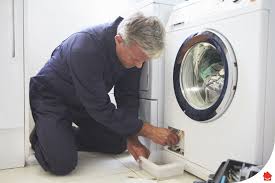A leaking washing machine is more than just an annoying inconvenience—it’s a problem that, if ignored, can lead to water damage, higher utility bills, and even costly repairs. Homeowners often feel a wave of panic upon spotting a puddle under their washer, but the good news is, not every leak signals disaster. In many cases, the underlying issue is relatively minor and can be fixed with a bit of know-how. Here, we’ll walk through the most common reasons why washing machines leak water, offer some easy fixes you can try at home, and discuss when it’s best to call in a professional.
1. Loose or Damaged Hoses
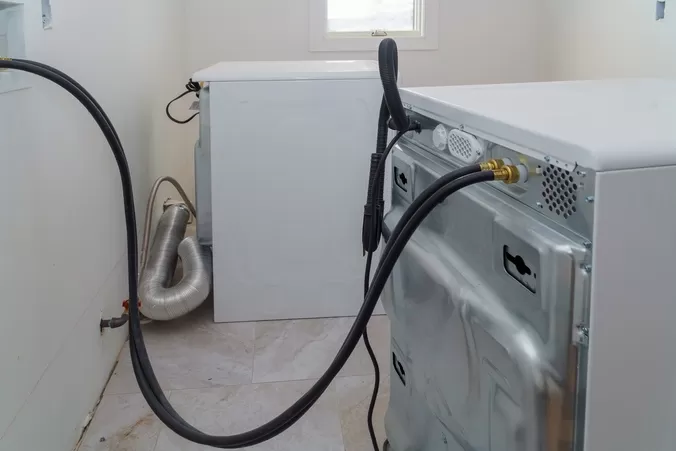
Cause:
One of the most frequent culprits behind a leaking washer is a problem with the water supply hoses at the back of the machine. Over time, these hoses may become loose, cracked, or worn out, especially where they connect to the machine or the wall.
Fix:
First, unplug your washing machine and turn off the water supply. Carefully check both the hot and cold hoses for signs of wear or loose connections. Tighten any loose fittings and replace damaged hoses. It’s a simple step, but you’d be surprised how often this resolves the leak.
2. Faulty Door Seal or Gasket
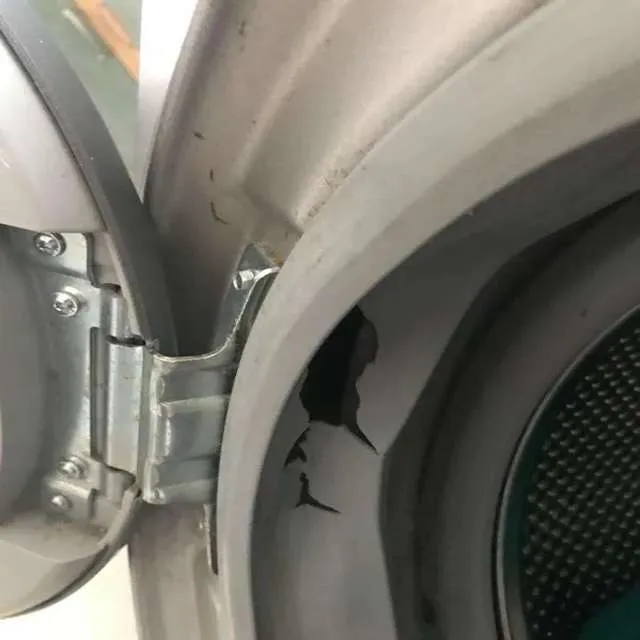
Cause:
Front-loading washing machines rely on a rubber gasket to seal the door shut and keep water inside. If this gasket becomes damaged, worn, or clogged with dirt and debris, leaks are likely to occur, particularly during the spin cycle.
Fix:
Inspect the rubber gasket for visible signs of mold, tears, or foreign objects. Clean the seal thoroughly with a damp cloth. If you notice cracks or significant wear, replacing the gasket is usually straightforward and can prevent further leaks.
3. Clogged or Broken Drain Pump
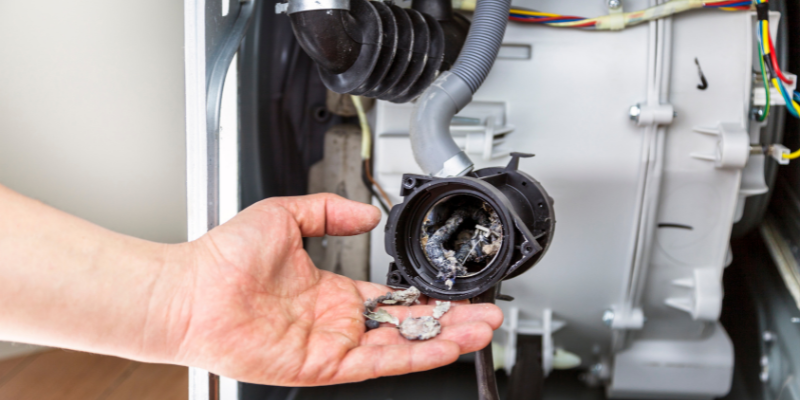
Cause:
The drain pump’s job is to remove water from the drum after each cycle. Lint, coins, or small clothing items can block the pump or its filter, causing water to back up and leak out.
Fix:
Check your user manual for instructions on accessing the drain pump filter (often found at the front, behind a small panel). Remove any obstructions and give the area a good clean. If the pump is broken or making odd noises, it may need professional replacement.
4. Overloading the Machine
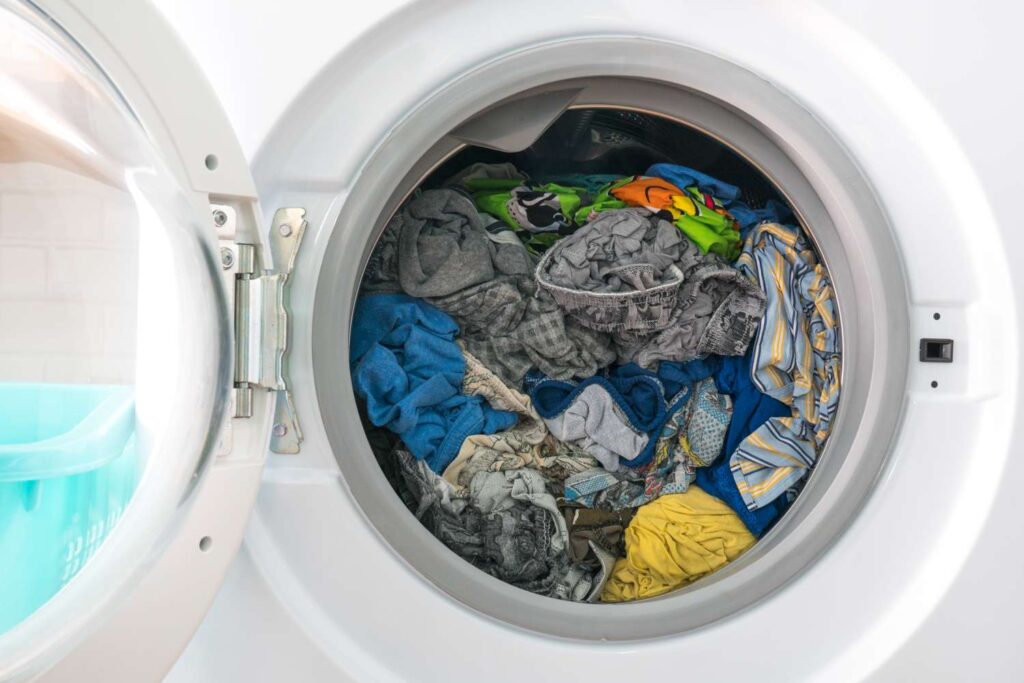
Cause:
Stuffing your washer beyond its recommended capacity can strain the door seal and create excessive agitation, causing water to escape. Many of us are guilty of trying to cram in “just one more” towel.
Fix:
Resist the urge to overload! Follow the manufacturer’s guidelines for load size. Not only does this prevent leaks, but it also extends the lifespan of your appliance and helps your clothes get cleaner.
5. Detergent Problems
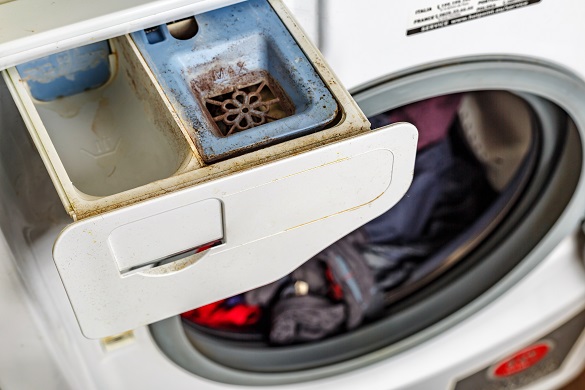
Cause:
Using too much detergent, or the wrong type (like regular detergent in a high-efficiency washer), can create excess suds that overflow the machine and leak out.
Fix:
Always use the detergent type and amount specified in your owner’s manual. If you notice persistent suds after a wash, run a rinse cycle with just water to clear out residue.
When to Call a Professional
If you’ve worked through these common fixes and your washing machine is still leaking—or if you suspect a more serious issue like a cracked tub or malfunctioning internal components—it’s time to call in the experts. DIY repairs can only go so far, and attempting to fix complex electrical or mechanical issues without experience can be risky.
Don’t let a small leak turn into a major headache! If you need reliable washing machine repair in Manhattan, contact us today and our skilled technicians will get your appliance running like new.

